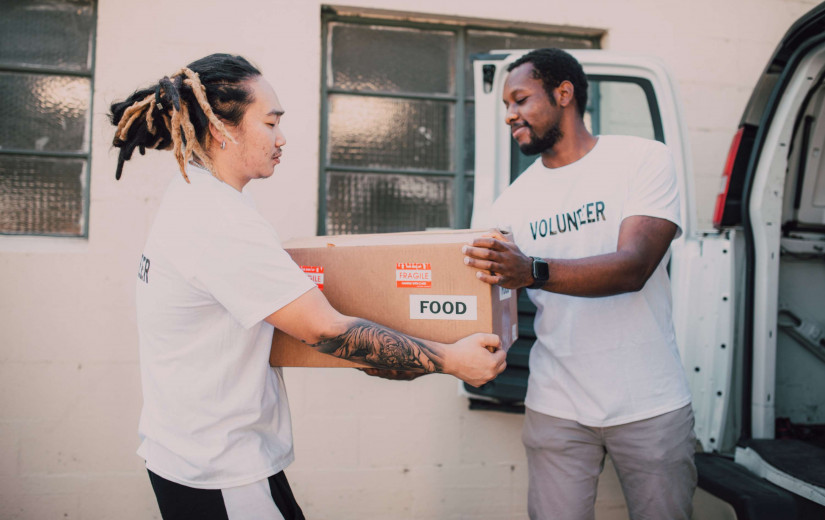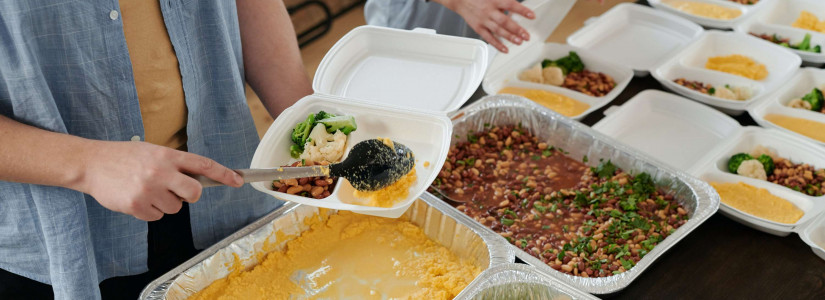Do Not Let Cold Weather Keep You From Getting in Your Daily Workout
You do not have to give up your fitness routine just because the cold and dark winter days are upon us. The COVID-19 health crisis has forced the closure of many gyms, making many people resort to outdoor workouts on their own if they want to stay in shape. Before you head out in the cold for your next workout, be sure to read these five tips.
Dress in Layers
The number one thing to remember when working out in chilly weather is to dress in layers. While you may feel cold when you start your workout, you are likely to quickly warm up as you begin to work up a sweat. Your first layer should be a thin base layer of clothing designed to pull away sweat from the surface of the skin. You can then use a middle layer consisting of something warmer such as fleece. The outer layers should be designed to protect your body from elements such as the wind or precipitation. Good choices include a nylon windbreaker or a heavier rain jacket, depending on the outside temperature.
As soon as you start to feel your body temperature beginning to rise, you can begin to remove the layers and tie them around your waist. Once you begin your cooldown, you may want to begin putting the layers back to stay warm. This method is dependent on the specific temperature when you set out and when you finish.
Dress Dry as Well as Warm
In addition to dressing in layers to keep yourself warm, you also need to focus on keeping yourself dry. Once you start to sweat, you will quickly become chilled if your clothing is not engineered to pull this moisture away. Wet fabric clinging to your skin will make you feel miserable in a hurry. This is why it is important to choose dry-wick clothing for the base layer of clothing. Instead of choosing cotton for this layer, opt for synthetic fibers such as polyester or nylon. These fabrics will wick away moisture much more quickly, ensuring that the water does not stick to your skin and chill you to the bone.
Choose Bright Colors
During the dark and damp days of the season, it is important that you choose to wear bright colors. Even if you are running during the daylight hours, the general overcast weather can make it more difficult for motorists to see you. For this reason, you should choose clothing that is bright so that you are more visible. If you insist on working out during the pre-dawn or sunset hours, be sure to wear reflective clothing for even more visibility.
Protect Your Skin and Extremities
Winter air is cold and dry, necessitating that you take steps to protect your skin and extremities. Just because it is cold, it does not mean that you can skip the sunscreen. Your skin can still burn during the winter, particularly if you are exercising at high altitudes.
It is also vital that you protect your extremities. The most vulnerable parts of your body are your fingers, ears, nose, and toes. These body parts are most affected by cold weather because the blood is directed to the core of the body when the temperatures drop, leaving less heat for the extremities to draw upon for warmth.
Perform a Warm-up
You should always be performing a warm-up during any type of weather condition, but this is especially important during colder seasons. A warm-up will boost blood flow and temperature throughout the muscles, helping to reduce the risk of injuries. If you warm up your muscles, they will become more pliable and less likely to become injured. After you finish your workout, you should stretch to further lower the risk of injuries.
While it may require a little more planning, you can still enjoy your workouts during the winter. A little preparation will go a long way in ensuring that you are able to keep on track with all of your fitness goals over the next few months. Do not let the cold weather get you down. Instead, get out there and embrace the weather while you keep moving.

















